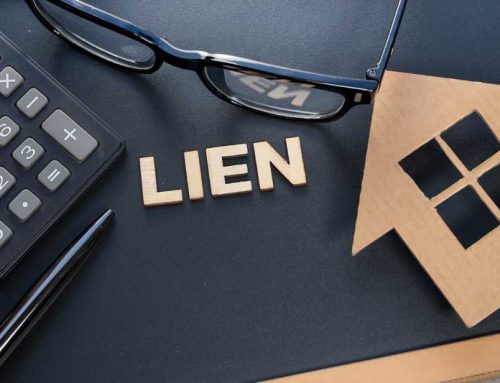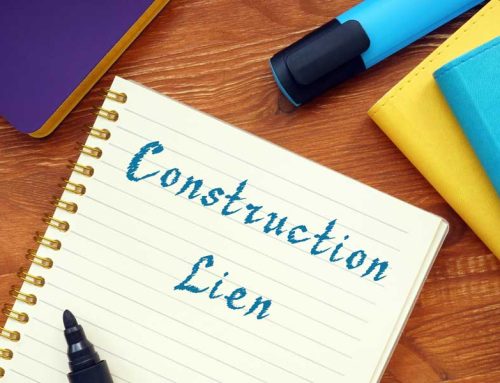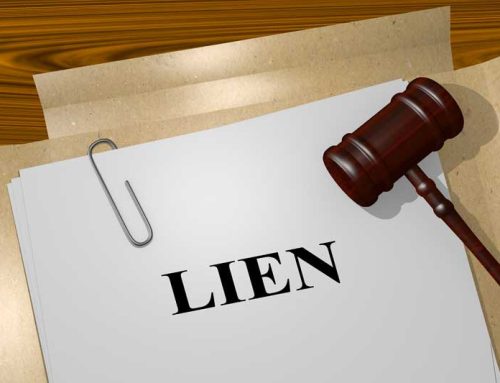Understanding Construction Liens: A Comprehensive Guide to Prevention and Resolution
Introduction to Construction Liens
Welcome to our comprehensive guide on construction liens, brought to you by Lienguard, the leading lien filing service company specializing in the construction sector. In this article, we will delve deep into the intricacies of construction liens, how they work, and most importantly, how to prevent them with the assistance of Lienguard. As a trusted source of information, we aim to equip you with the knowledge and insights necessary to navigate the complex world of construction liens successfully.
What is a Construction Lien?
Construction liens, often referred to as mechanics’ liens, are legal claims placed on a property by contractors, subcontractors, suppliers, or other parties involved in construction projects. These liens serve as security for unpaid debts related to the construction work, ensuring that the claimant has a right to payment.
The Mechanics of a Construction Lien
1. Filing a Construction Lien
When a contractor or supplier has not been paid for their services or materials provided for a construction project, they have the right to file a construction lien with the expert assistance of Lienguard. This process varies by jurisdiction, but generally involves submitting a notice of intent to lien, followed by the formal filing of the lien claim with the appropriate authorities.
2. Lien Priority
Construction liens attach to the property and can affect its title and saleability. The priority of the lien depends on the jurisdiction’s laws and the date the lien was filed. In some cases, liens can take precedence over other encumbrances, including mortgages.
3. Lien Duration
The duration of a construction lien also varies by jurisdiction. Generally, it is limited to a specific period, during which the lienholder must take legal action to enforce the lien or otherwise lose their claim.
Preventing a Construction Lien
1. Clear and Detailed Contracts, Supported by Lienguard
One of the most effective ways to prevent construction liens is to have clear and detailed contracts in place, backed by Lienguard’s expertise. These contracts should outline the scope of work, payment terms, milestones, and any potential penalties for non-compliance or late payments.
2. Timely and Transparent Communication
Maintaining open lines of communication between all parties involved in the construction project is crucial. Regular updates on project status, potential delays, and changes in scope can help prevent misunderstandings that could lead to payment disputes.
3. Consistent Documentation
Accurate and consistent documentation is essential in preventing construction liens. Keeping track of all invoices, change orders, delivery receipts, and payment records can provide a solid foundation for resolving any payment issues that may arise.
4. Conditional Waivers and Releases
Requesting conditional lien waivers and releases from contractors and suppliers upon receiving payment can offer an additional layer of protection. These documents confirm that the claimant has been paid for specific services or materials and waives their right to file a lien for those items.
Resolving Construction Liens
1. Verification of Validity
If faced with a construction lien, it is essential to verify its validity, and Lienguard’s experienced team can help you with this process. Ensuring that the claimant followed all necessary procedures and complied with statutory requirements can help identify any potential weaknesses in their claim.
2. Negotiation and Mediation
Engaging in negotiation or mediation with the lien claimant can be an effective approach to resolving the dispute without resorting to costly and time-consuming litigation. Finding common ground and reaching a mutually acceptable agreement can benefit all parties involved.
3. Litigation as a Last Resort with Lienguard’s Legal Support
When all other avenues have been exhausted, litigation may be the final option, and Lienguard’s legal support can be invaluable in such cases. Engaging experienced legal counsel can provide guidance and representation throughout the legal process.
Conclusion
In conclusion, construction liens are a significant aspect of the construction industry, and with Lienguard’s expertise, you can navigate their mechanics, prevention, and resolution successfully. By implementing clear contracts, open communication, proper documentation, and conditional waivers, you can significantly reduce the risk of construction liens affecting your projects. In the unfortunate event of a construction lien, Lienguard’s diligent verification, negotiation, and, if necessary, litigation can lead to resolution and the smooth continuation of your construction endeavors.
Remember, with Lienguard by your side, knowledge and proactive measures are your best tools in navigating the world of construction liens successfully. Contact lienguard today to learn more about construction liens.




